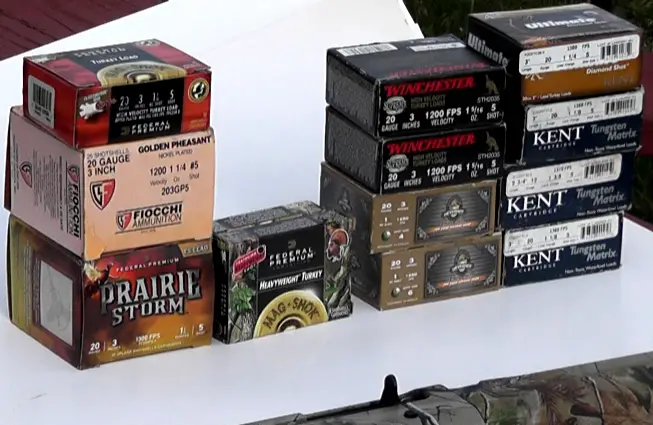I've been wandering over here from the clays forums as I've developed an interest in pheasant hunting.
I've been shooting sporting clays at two different hunt clubs and after talking to a few of the guys when they came in I started to think I'd like to give it a try.
My Citori 725 Sporter does launch shot into the air as well as most 12 ga guns but I have really taken an interest in SXS's. Besides my 32in ported barrels with extended chokes my look out of place. That said, I will likely use it a few times to see how much I enjoy wingshooting.
My question re: SXS is; what gauge is best for pheasant, 16 or 20? I was thinking 16 ga as I believe it has a bigger fudge factor for someone new to pheasants.
I've looked at new and used AYA no.2 sidelocks. From what I've read they are a really good gun for the money and like my 725 a good midpoint as far as price/quality, although the AYA is nearly twice the cost new.
One more question. Is fit the same with a field gun SXS as it is with my Sporting clays gun? the AYA seems very slim and the lop seems short although from the numbers isn't I comparison.
I've been shooting sporting clays at two different hunt clubs and after talking to a few of the guys when they came in I started to think I'd like to give it a try.
My Citori 725 Sporter does launch shot into the air as well as most 12 ga guns but I have really taken an interest in SXS's. Besides my 32in ported barrels with extended chokes my look out of place. That said, I will likely use it a few times to see how much I enjoy wingshooting.
My question re: SXS is; what gauge is best for pheasant, 16 or 20? I was thinking 16 ga as I believe it has a bigger fudge factor for someone new to pheasants.
I've looked at new and used AYA no.2 sidelocks. From what I've read they are a really good gun for the money and like my 725 a good midpoint as far as price/quality, although the AYA is nearly twice the cost new.
One more question. Is fit the same with a field gun SXS as it is with my Sporting clays gun? the AYA seems very slim and the lop seems short although from the numbers isn't I comparison.





